Rubens - star of the Flemish painting
Peter Rubens is called "the king of artists and artists of the king". Founder of a new style in art. Bright representatives of the Baroque. Admirers Titian and Brueghel, a diplomat and art connoisseur, a collector. Rubens lives a bright and full life, remaining over 300 years from the star of the Flemish painting.
Peter Paul Rubens was born in 1577 in Antwerp. Apparently Rubens' fate was feted since birth - his father came from a wealthy family known by craftsmen and entrepreneurs, and his maternal ancestors involved in carpets weave and trade. Both families were wealthy and had property in addition.
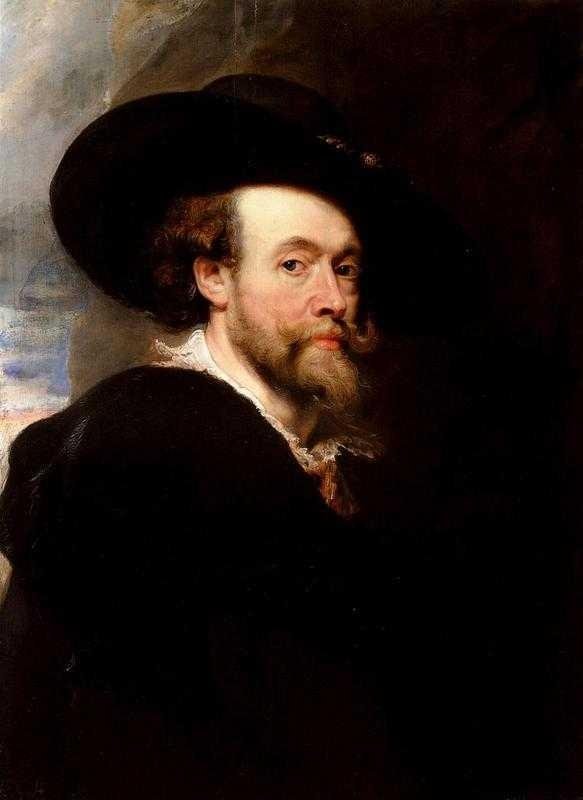
I do not know why, but biographers write that from childhood Peter Paul (who is called a boy to honor St. Peter and Paul) does not shine with special abilities, unlike his brother Philip, with whom he is almost dead. Facts speak otherwise.
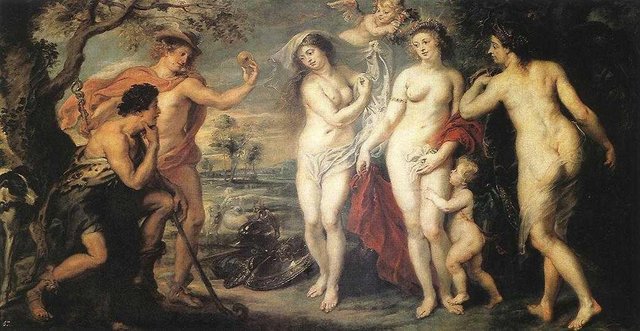
Once Peter was ten years old, his father died. Mother was forced to give the child to a Jesuit school. His contemporaries recorded his surprising and almost phenomenal memories. Peter received excellent education in ancient Latin and classics. Later, Rubens became a skilled linguist. In addition to Dutch, he also knows Latin, French, Italian perfectly, and also has (albeit to a lesser extent) German, Spanish, Greek, and English.
Thanks to his position and relationship, Maria Rubens arranged for Peter, 13, for Countess de Lalen. This allowed the boy to continue his secular education, which he succeeded in, having learned the skills in calligraphy and rhetoric. But a year later, Peter emphatically told his mother of his desire to learn to paint. It was an unexpected decision: in addition to an early copy of the Bible carvings, there was no other evidence of the sudden passion of painting at the time.
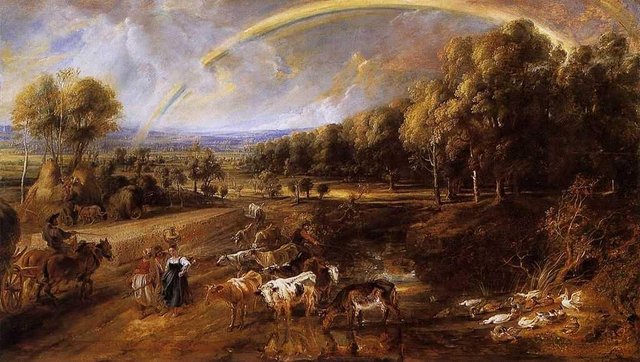
Rubens's first teacher was Tobias Verkhaht's landscape painter, but further skills Rubens learned from the Mannerist artists Adam van Nurt and Otto van Veen. After completing his studies in 1598, he entered an independent master at Guild of St. Luke (European artist union at the time). During this period, they do not write many works, they can be judged only by business correspondence, which leads the artist.
One of the most famous paintings of the period - "Portrait of a Black-colored Black" - was kept in the home of Maria Rubens, the mother was very proud of her son's success. This portrait was made in the tradition of an old Dutch school. Obviously, this style is close to Rubens. Sources say that the portrait depicts an unknown young man, but to me the picture is similar to the first teacher's carving of Peter's painting - Tobias Verkhakht. The same proportion of faces, the same look.
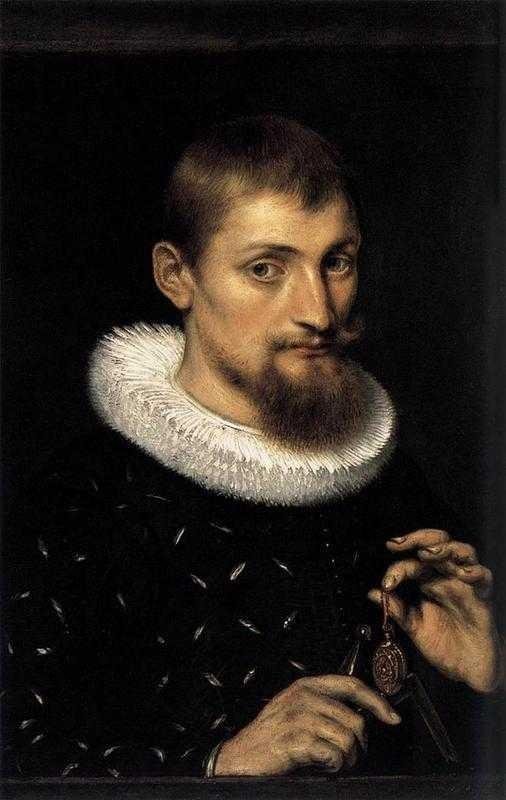
In 1600, Rubens went to Italy, where he first saw the works of Titian, Veronese and Tintoretto. It is clear that the mature artist style later formed under the influence of the deep Titian. There he also began studying Greek and Roman art, copying many Italian rulers, particularly impressive ones for the appearance of Rubens, Michelangelo, Raphael, and Leonardo da Vinci.
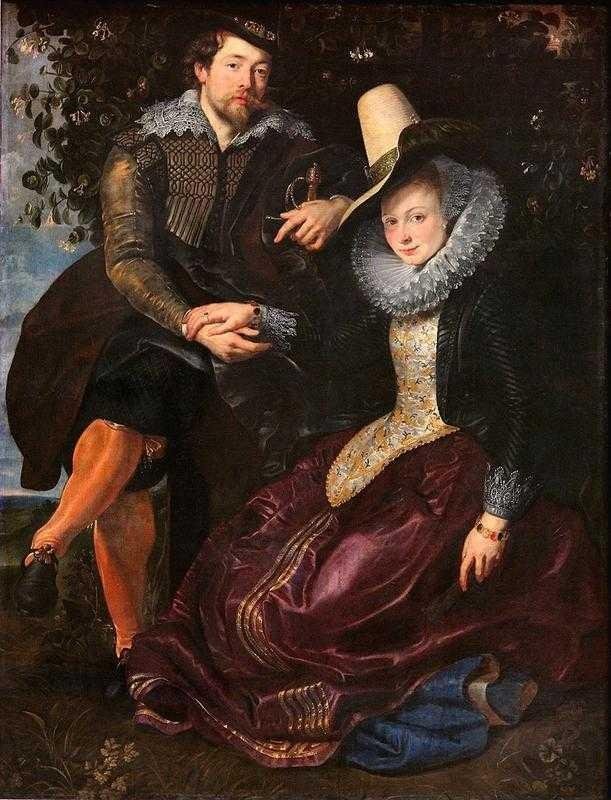
Around the same period, his diplomatic mission began. Rubens is urgently needed in this field because of his education and ability to attract people in conversation, to self-regulate. The success of his missionaries successfully combined the art of painting and diplomacy, as evidenced especially by his trip to Spain with gifts from Gonzaga to Philip II.
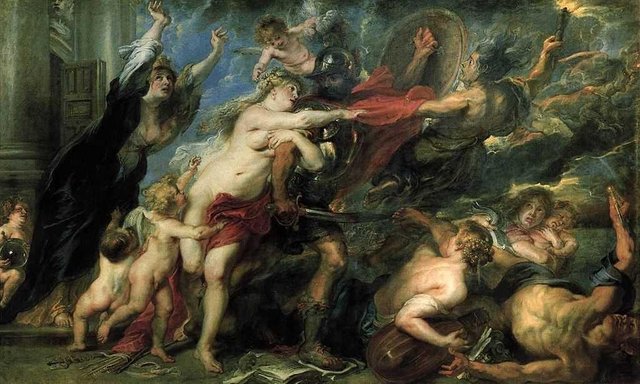
Nine years spent in Italy, had a major influence on all of Rubens' next work. In addition, the painter wants to return wholeheartedly. All the correspondence over the years that he did exclusively in Italy, just signed "Pietro Paolo Rubens". But life is different, the ideals of this artist failed to materialize.
However, peeking on his master's canvas, one can unequivocally say: Rubens is a happy artist. Her creative energy and harsh imagination create a unique, recognizable, sensual and emotional style. This Rubens was a clear ancestor and representative of the Baroque style - a new artistic language of the era. In his work, Bruegel realism and the Venetian school tradition are organically combined. What is surprising is how deeply he has a history of religious subjects and myths, how subtly able to convey the character of the characters in their portraits.
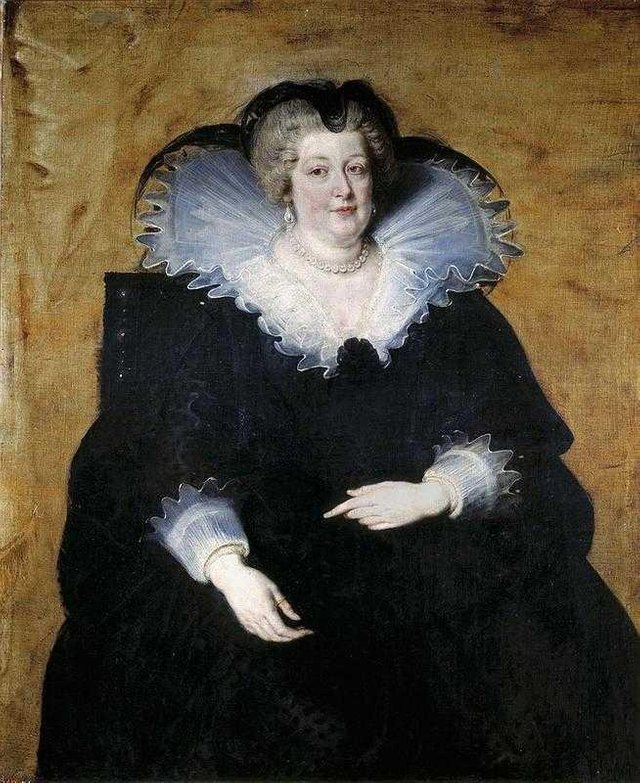
The social position of Rubens described has always been clarified by many details. Rich clothes are written very carefully.
Background, curtains, poses, hand gestures - all count towards the smallest detail, because it serves as a special aura for the face. Picture detail only reinforces and emphasizes the person's importance.
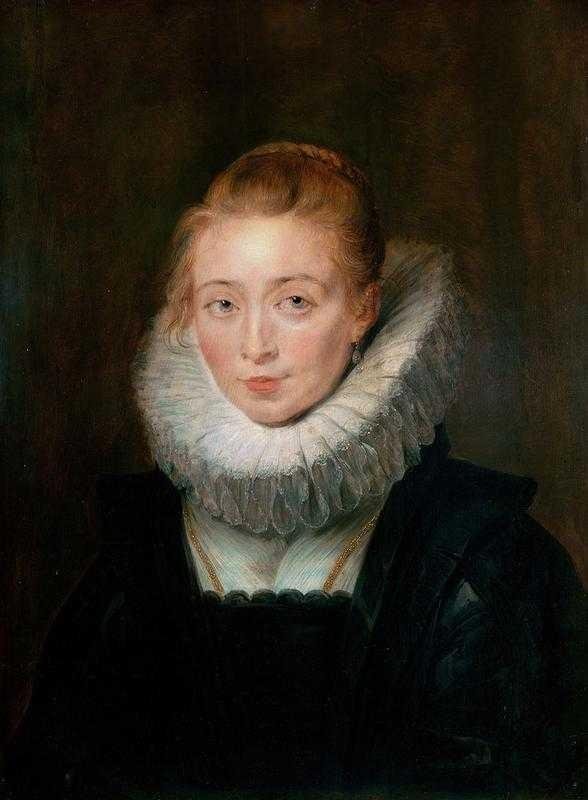
Rubens studied the art of painting throughout his life, not hesitating to imitate his predecessors, especially Titian and Brueghel. After mastering all genres of painting, known at the time, he became a universal artist. It was Rubens who became the founder of a new form of Flemish painting - a genre of hunting scenes.
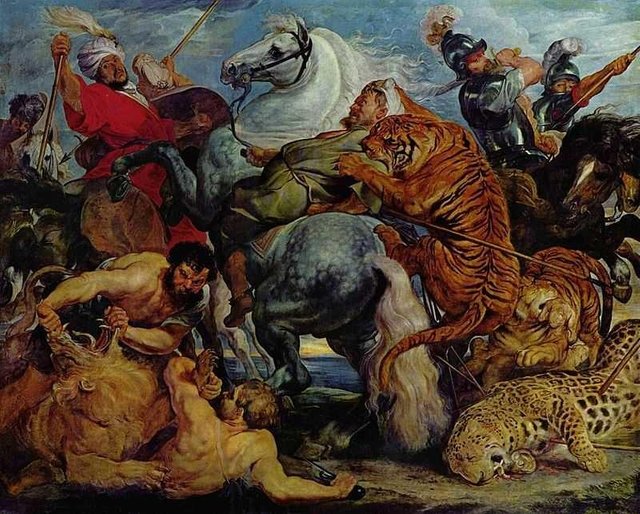
Request for master painting exceeds his physical ability. For several years working in Antwerp, he created a large workshop, where his students Anthony van Dyck, Jacob Jordaens, Frans Snyders, apprentices and assistants worked. Rubens sketched, and the students moved it to the canvas. After finishing the job, his master corrected the result.
Among scenes of scenes, hunting and battle scenes, evangelical allegories and narratives win. Often the canvas depicts a strong human and animal body, which, incidentally, is liked by his contemporaries. At the workshop the school carvings were made, which contributed to the wider spread of Rubens' works.
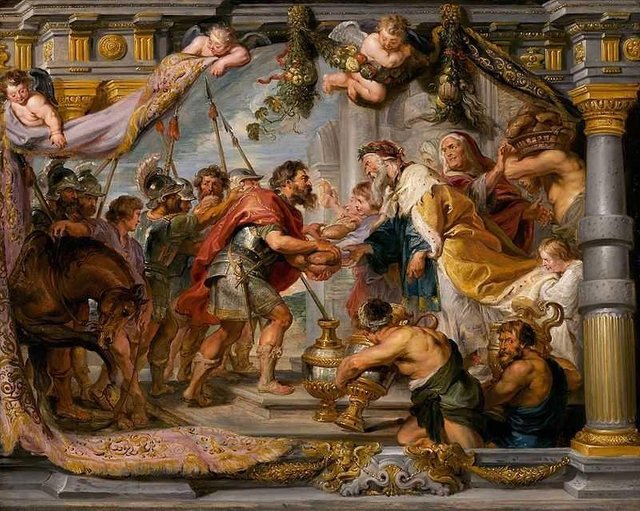
But the interests of painters are not limited to art workshops. Since living in Italy, he is an enthusiastic collector, especially he is interested in coins and medals. One time Rubens bought a collection of antiques, which he gave his twelve paintings. The entire collection is placed in a special room of the house, designed by the artist himself.
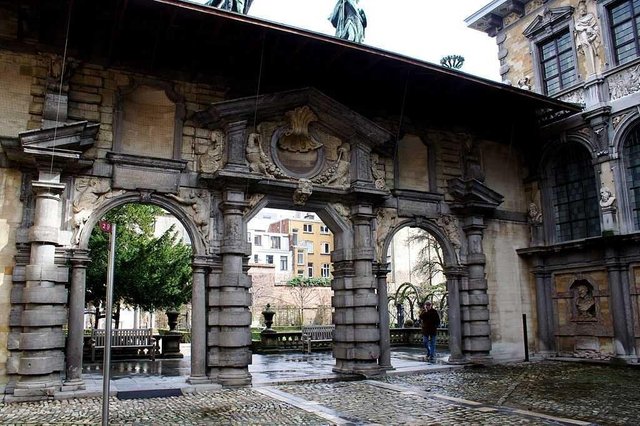
The house with the garages turned out to be arrogant - one of the facades occupying 36 meters. In the plot of the inside damaged beautiful garden with antique pergola. Half of the land was occupied by workshops, part of the house was assigned to the gallery, where Rubens placed his own work. The contemporaries wrote that this house is the most beautiful building of Antwerp, reminiscent of the Gothic Renaissance palace rather than the artist's estate.
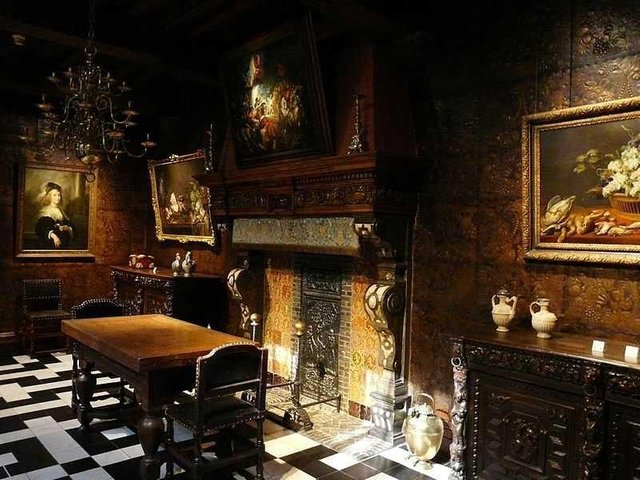
Meanwhile, according to Philip's niece, Peter Paul Rubens leads a very simple life: rising early, about four in the morning and into the matina. Then he went to write, stay in the garage until five o'clock. While he works, he hires people reading ancient classics, more often than others - Plutarch and Seneca. Eat a bit, then ride a horse, combine it with a business visit. In the evening I had dinner with my close friends. I can not stand gambling and drinking alcohol.
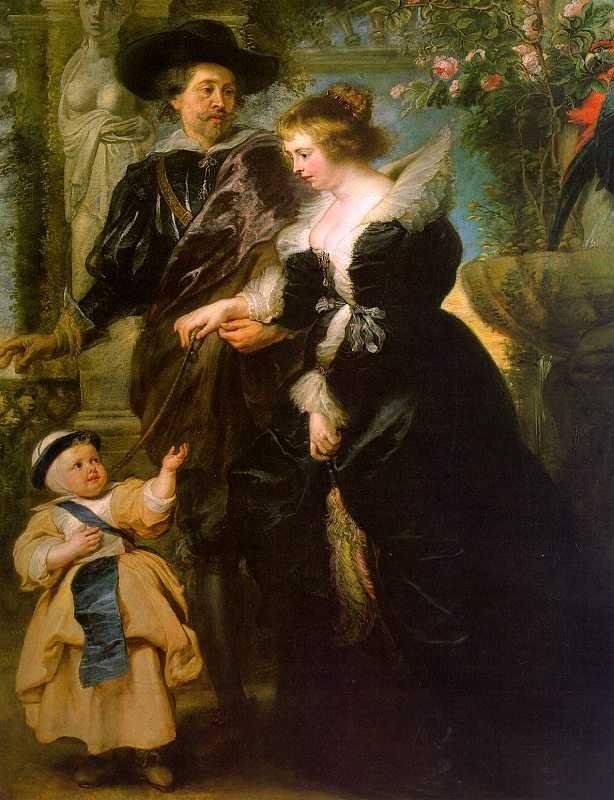
Of itself only adds that Rubens twice married happily, had seven children and has accumulated considerable wealth, the main decoration which was original works of the master himself, although the Jaffe catalog has 1403 authentic paintings. The artist died with his family on May 30, 1640, at the age of 62 years.